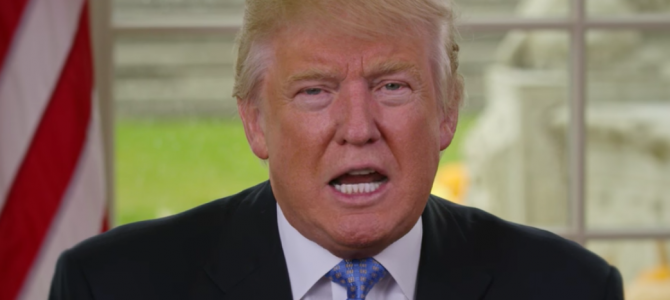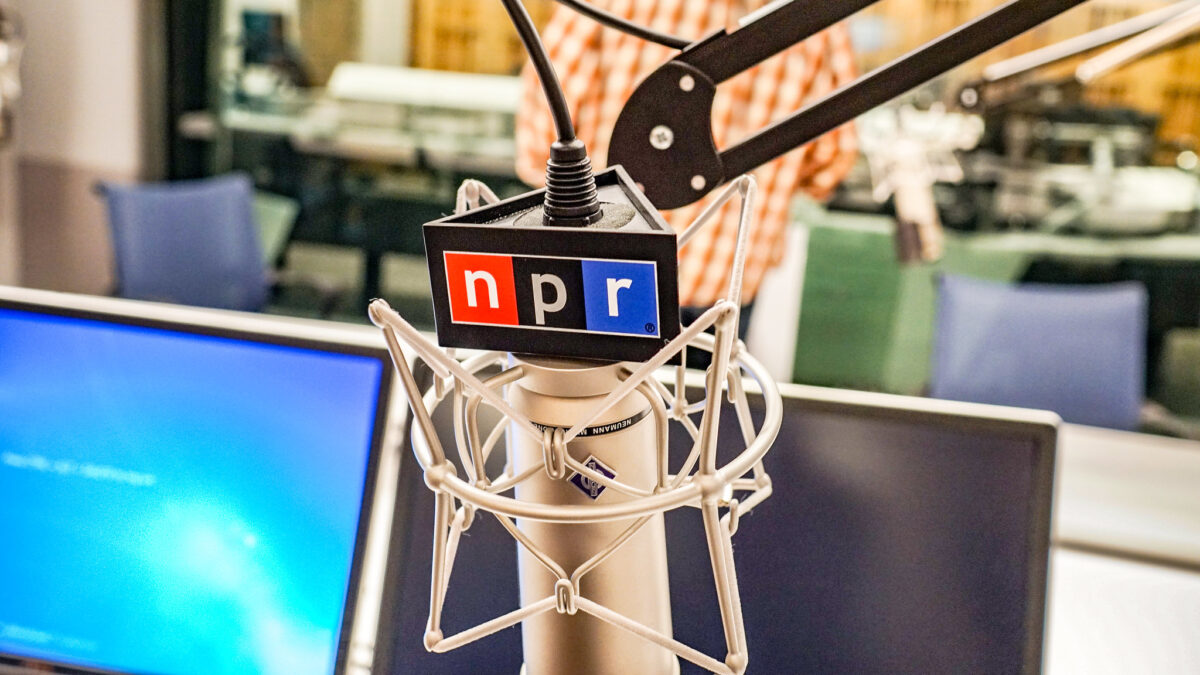
President-Elect Donald J. Trump posted a two-and-a-half minute video to his YouTube account last week. It was the first public address since his late-night acceptance speech. Trump also sat for interviews with “60 Minutes” and the New York Times, but eschewed a public press conference.
The video, in which he declared the transition running “very smoothly, efficiently and effectively,” struck some journalists as an existential threat to their profession on par with Steakgate.
As with Steakgate, there seem to two very different standards for different presidents who wish to circumvent traditional press with new-fangled technologies.
“The video underscored the extent to which Mr. Trump intends to try to navigate around the traditional newspaper and television media outlets as he seeks to communicate his message to the public,” the New York Times reported, while liberal media critics excoriated the move.
political journalists, w/ zero access to Trump, reduced to transcribing YouTube clips for morsels of information. #journalism https://t.co/3TdyO6nKFC
— Eric Boehlert (@EricBoehlert) November 22, 2016
Though the Times noted President Obama pioneered some of these tactics, the tone of coverage on a president using social media in such ways has changed. Christiane Amanpour included Trump’s social media savvy in a speech about journalism’s existential crisis, not the president’s clever social media breakthroughs:
“We have to accept that we’ve had our lunch handed to us by the very same social media that we’ve so slavishly been devoted to.
The winning candidate did a savvy end run around us and used it to go straight to the people. Combined with the most incredible development ever — the tsunami of fake news sites — aka lies — that somehow people could not, would not, recognize, fact check, or disregard.”
On a CNN panel Wednesday, media reporter Brian Stelter framed Trump’s moves as the real possibility of “creeping authoritarianism.”
“Having just a YouTube channel where the president puts out his message, unfiltered, that has a downside,” said Alisyn Camerota. “Just ask the people in Russia.”
“And even if you embrace it in President Trump’s time,” Stelter replied, “You’re not gonna like it when the Democrats are back in power, back in the White House.”
Look, I’d prefer regular press conferences, and if all we had was a YouTube channel for Trump, that’d be a problem. But that’s not where we are. I’m old enough to remember when the president had an entire YouTube channel devoted to his weekly “news” show, put out by his press shop, and almost no one bemoaned his manufacturing of fake news or the inevitable extinction of journalism at his hands.
In fact, President Obama’s “West Wing Week” and its creator Arun Chaudhary were profiled in the New York Times with personable descriptions— New Balances and “askew” suits!— and kindly euphemism. The Obama White House was the first to have a videographer—”part documentarian, part White House-message-machine post.” Chaudhary made this “signature production” in his capacity as “reporter and promoter.” Yep, reporter. He has an “artsy bent” and a “ragtag operation,” and the president kids him about his scruffy hair. Charming.
The 2010 piece managed to dig up one semi-critical quote from media or media critics about this wholesale creation of propaganda:
“It is a little disconcerting to think we’re going to have these tools that are so powerful in the hands of the people who also happen to be the most powerful people in the country,” said Nancy Scola, the associate editor of techPresident, a blog that covers technology and the federal government. “The Obama administration has expanded the use of new media at the same time as it’s freezing out old media.”
Elsewhere, Obama was similarly praised for his innovative ways of “skirt[ing] traditional media” and “routing around the filters and gatekeepers so that he can speak directly to voters” and “bypass media framing.”
Listen to this 2013 NPR report on Obama’s “non-traditional” approach for a sense of the difference in tone. This gentle piece of journalism came, by its own admission, more than three years since Obama had sat for an interview with the New York Times or the Washington Post, while the discussion of Trump’s alleged assault on the press came the same week he sat for an hour with the Times.
Trump has his faults, but lack of accessibility isn’t really one of them. He loves to talk to media, and yes, he will seek to shape the rules to his advantage and reach people in non-traditional ways, just as Obama did. Between 2007 and 2016, much of the press considered this a story of evolving technology and communication. But what used to be an interesting challenge that had media “scrambling to stay in the game” against an innovative, young president is now a grave threat. Somewhere in between is probably the correct assessment, and swinging between admiration and fear depending on the president doesn’t create better coverage or earn more trust from readers.









